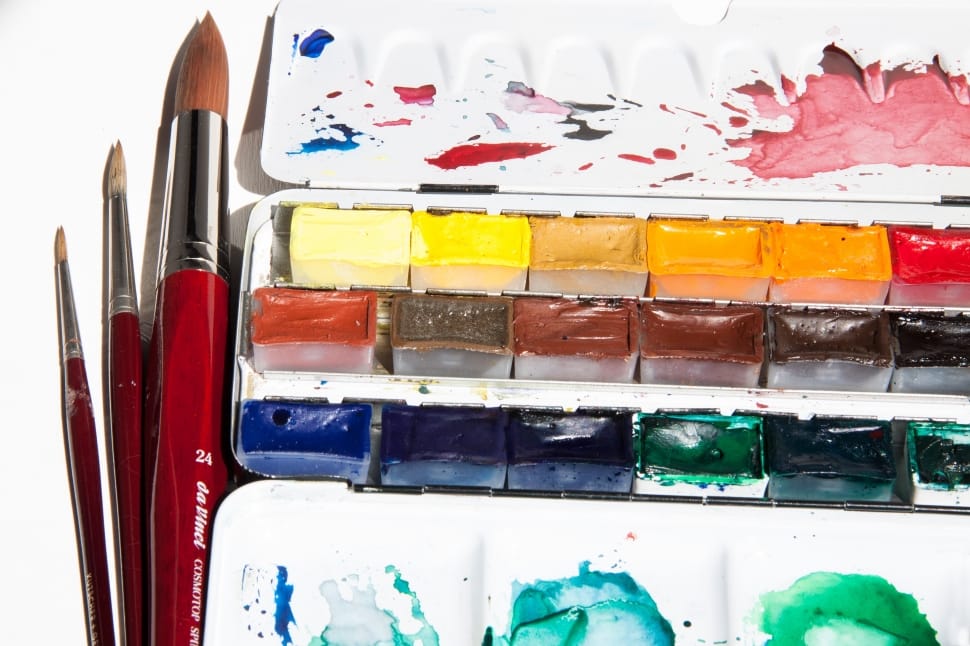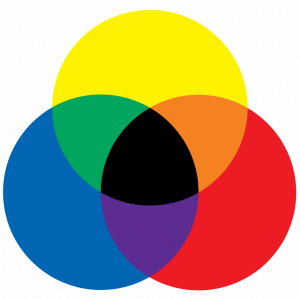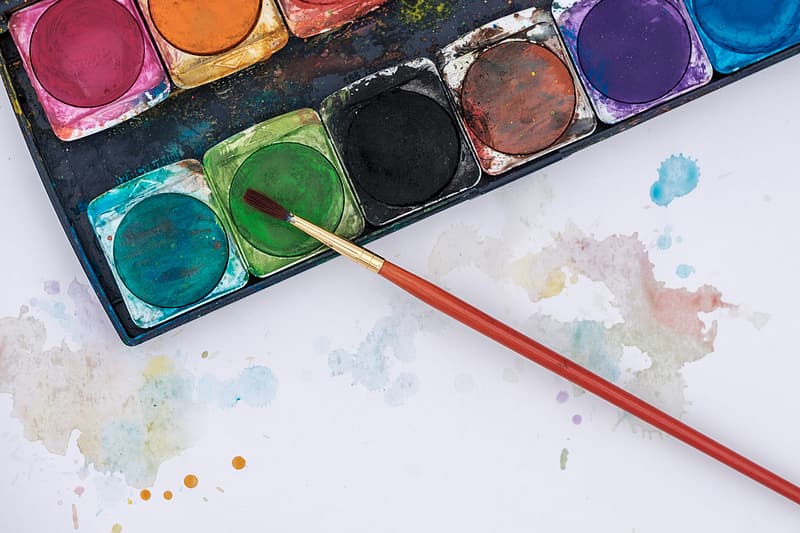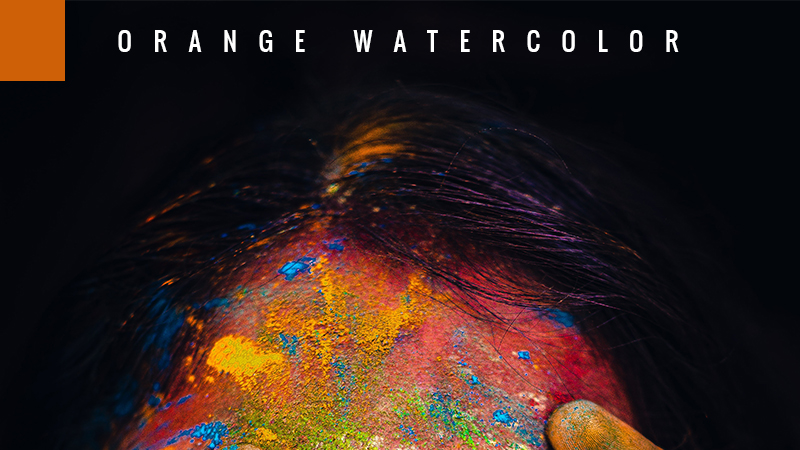How to Use Orange Watercolor in Art History and Design
Orange is an easy color to play with, especially using watercolor. The pigment is light and complements other colors like green, brown, and red. When it comes to making art, using orange watercolor is common.
It is also important to know that orange is a secondary color, which means you can create this color by mixing primary colors. Combining red and yellow results in orange.
Along with the lightness of the color, there’s more to orange watercolor. You can paint flowers, fruits, vegetables, and other things with this hue.
Working With Watercolor
Watercolor is a popular medium for making art. It involves the use of water and water-soluble binder to create pigment.
You can find a lot of watercolors on the market, ranging from the cheapest to the most expensive sets.
If you are a beginner, playing with an ordinary set helps you analyze how colors work when mixed with other colors.
One of the advantages of painting with watercolor is you can easily create changes within the color.
However, because water dries quickly, some artists find watercolor challenging. But if you know how to cover up mistakes, then you will find watercolor entertaining and awesome!
Another good thing about this medium is you can easily mix colors. Mistakes are easily corrected and paintbrushes are cleaned with mere soap and water.
Unlike acrylic paint which demands more work and brush technique, watercolor painting is simplified and quickly dries.
Understanding Color Mixing
Color mixing helps you create more colors. This is the reason why there are secondary and tertiary colors.
If you combine primary colors, you get secondary colors green, orange, and violet.
Now, moving to the third set of colors, mix secondary colors with primary colors.
This will result in the six tertiary colors: red-yellow, red-violet, blue-green, blue-violet, yellow-green, and yellow-orange.
As mentioned, you can create an orange by mixing red and yellow. However, the amount of watercolor you use will create different shades of orange.
For instance, adding more yellow to the mixture will create a lighter orange, and more red will darken the combination.
In short, colors interact with one another. These pigments either complement other colors or counteract them, resulting in appealing hues and dark shades.
As for orange watercolor, if you combine it with blue, the result will be brownish or black. This is because the two are opposite to each other and will therefore cancel each other out.
If you are working with orange watercolor then need to work alongside blue, you need to be careful.
Otherwise, when the colors mix, the result will not be good. Remember, watercolor easily moves on the paper and if you are not careful, the result will be different from what you expect.
Famous Artwork with Orange Watercolor
Are you practicing using watercolors? One way of mastering the brushwork is by painting famous artwork in the medium. For orange watercolor, you can find inspiration in the following artwork:
-
Gachet, Vincent van Gogh
One of the most famous works by Dutch painter Vincent van Gogh is a portrait of Dr. Gachet.
This particular painting has more orange colors in it, providing a representation of the doctor’s hair, pale skin, and other elements such as the orange table.
Van Gogh’s painting technique is hard to replicate, but you can always try and work on your brush to get the right colors, especially the orange.
-
Sunset, Claude Monet
If you follow the French painter Claude Monet, you know his favorite subjects: nature and sunsets.
Monet’s technique wasn’t common and he loved painting with oil paint, experimenting with how light affects the environment.
Monet’s Grainstacks at Giverny painting celebrates the orange color in the sky, referring to the setting yolk of the sun across the fields.
The orange is rich and the way it was painted makes it easier to relate to the sunset’s representation of peace and rest.
-
Old Drury Lane Theatre on Fire, Abraham Pether
Saying that this artwork is marvelous is an understatement. Abraham Pether’s painting of the Old Drury Lane Theatre set on fire is magnificent.
It speaks to how articulate the painter is when it comes to spreading the fire using orange, red, and anything in between.
Replicating this using watercolor is not easy but is possible. Focus more on the fire element and how the colors reflect on the river beside the theater.
Bottom Line
Experimenting with orange watercolor is easy if you have a reference and if you have a decent coloring set. For beginners, it is recommended to enhance your brush movements and techniques and explore color mixtures further to get the desired colors.
I hope you had a fun time with the orange watercolor. Cheers!
Read Latest Posts

Hi, I'm Anthony Tran! Welcome to my site. I live in Arizona and am obsessed with all things related to building an Online Business and working from home. Learn about my journey here.
Follow Online






